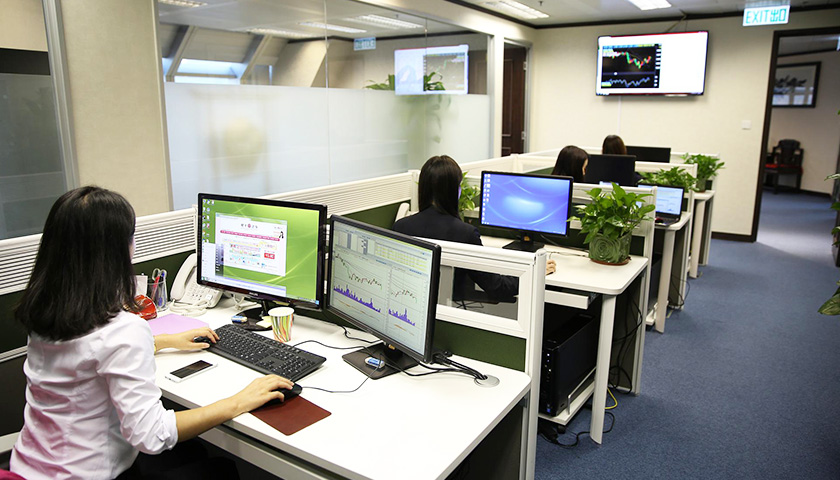The U.S. added 275,000 nonfarm payroll jobs in February as the unemployment rate ticked up to 3.9%, according to Bureau of Labor Statistics (BLS) data released Friday.
Economists anticipated that the country would add 200,000 jobs in February compared to the 353,000 that were added in January, and that the unemployment rate would remain at 3.7%, according to Reuters. The job gains were announced two days after Jerome Powell, chair of the Federal Reserve, told the House Financial Services Committee in its semi-annual monetary policy report that he does not believe that there is evidence for a recession, meaning rate cuts could be on the horizon.
Read More














